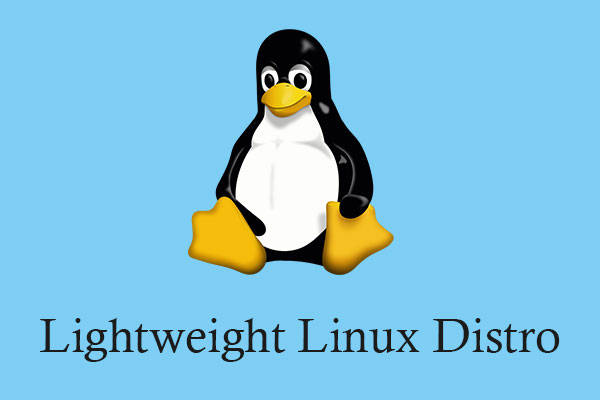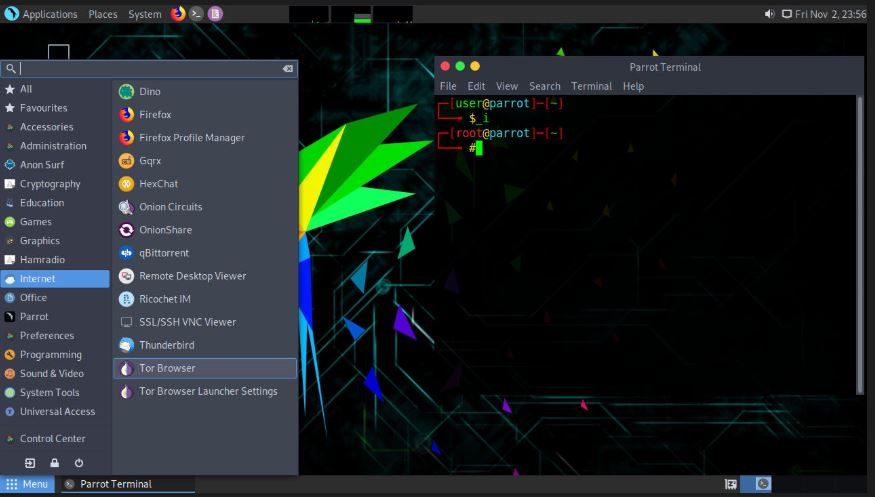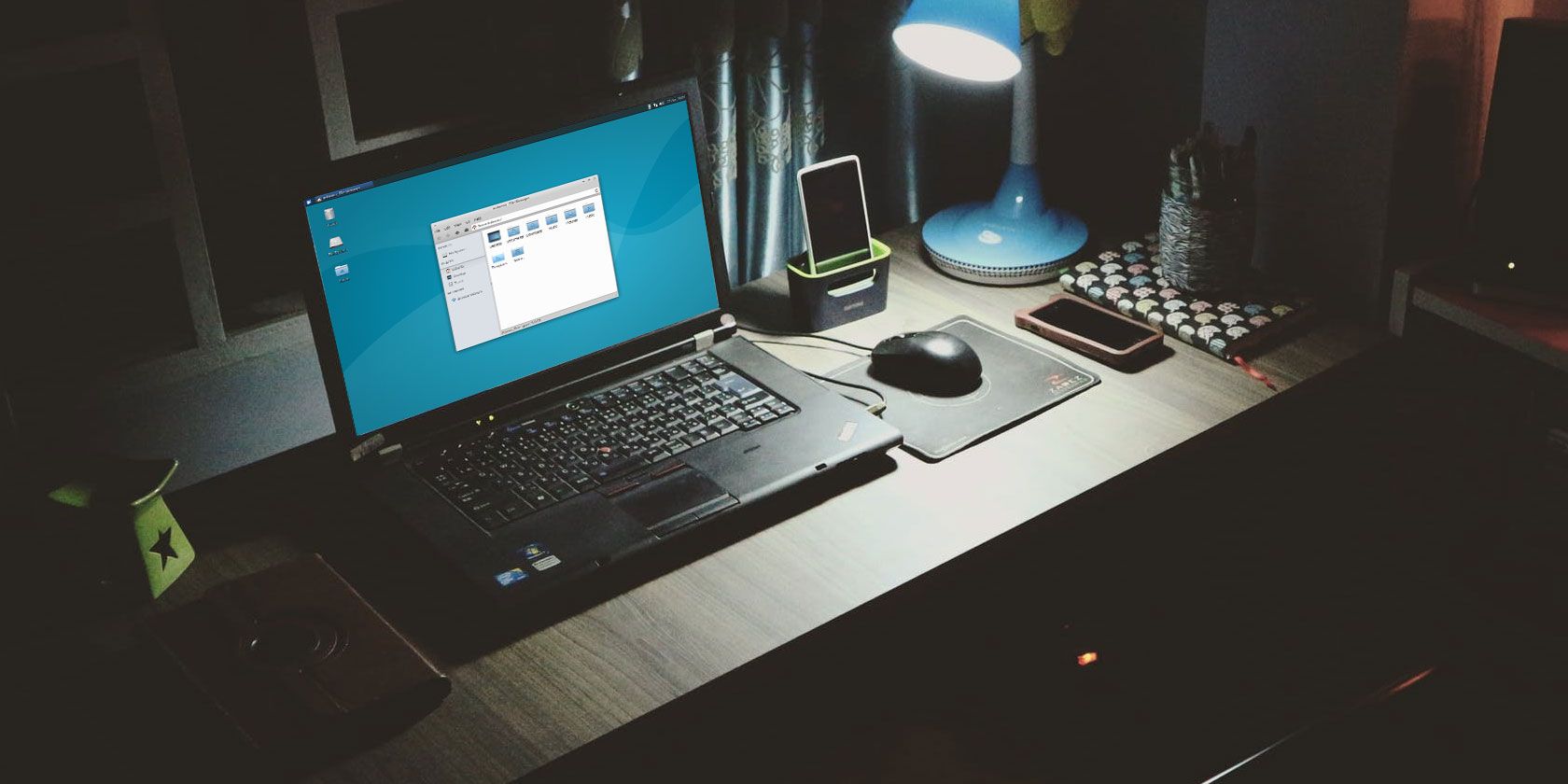
- LIGHTWEIGHT LINUX DISTRO WITH FIREFOX INSTALL
- LIGHTWEIGHT LINUX DISTRO WITH FIREFOX SOFTWARE
- LIGHTWEIGHT LINUX DISTRO WITH FIREFOX ISO
- LIGHTWEIGHT LINUX DISTRO WITH FIREFOX FREE
You can consider Tiny Core Linux a spiritual successor to DSL. The distro was founded by Robert Shingledecker, who had previously developed Damn Small Linux. External applications are called "extensions" and must be downloaded separately through the package manager. This includes the kernel, BusyBox, an FLWM desktop, and nothing else.

It's intended to be the bare minimum to boot up and display a desktop. It's called Tiny Core Linux.Īs the name suggests, Tiny Core Linux is a Linux distribution that is meant to have, well, a tiny core. What if there was a smaller Linux distro out there that didn't take up so much space? Fortunately, there is. It's common to see the sizes balloon to several gigabytes.
LIGHTWEIGHT LINUX DISTRO WITH FIREFOX ISO
These ten distros are of course not the only possibilites for installing Linux on an low end computer, but to make a list of ten I had to leave something out.You might look at the current crop of major Linux distros and see how big their ISO images are. These two classics should not need any introduction. Screen resolution 800×600 is recommended.Īnd finally two full-size distros which lend themselves especially well to custom lightweight installs: TinyME requires a Pentium processor and at least 64 MB RAM. It includes Abiword, Opera web browser, Audacious for playing music, Sylpheed email client and other famous programs.
LIGHTWEIGHT LINUX DISTRO WITH FIREFOX FREE
Zenwalk requires for comfortable use a Pentium III class processor, 128 MB RAM and 2Gb free disk space. It is optimized for i686, but is still compatible with i486. It is designed to be fast and simple, with no redundant applications.
LIGHTWEIGHT LINUX DISTRO WITH FIREFOX INSTALL
The forthcoming VL Light will take only 350 MB in full install and needs only 64 MB RAM to run. It can be run effectively on a Pentium 200 with 128MB of RAM and 3GB of hard drive space. It is based on Slackware and specifically designed for use on older computers with slower processors and less RAM. Vector Linux Standard GOLD is the freely downloadable distribution, which includes applications for every task. The next four could be called mid-sized distributions: A full install, including XOrg and development tools, needs only 750 MB of harddisk space. It's focused on desktop usage and it includes email clients, graphical web browser, an office programs with word processor and spreadsheet, and so on. DeLi is a Linux Distribution for old computers, from 486 to Pentium III or so.Feather can be installed on a USB stick, but AFAIK not on a hard drive.

LIGHTWEIGHT LINUX DISTRO WITH FIREFOX SOFTWARE
It is just like DSL a Knoppix remaster (based on Debian), includes software which most people use every day. Feather Linux is a Linux distribution which runs completely off a CD.It aims to be as easy to use as possible and assumes no technical expertise. It should run on any Pentium with at least 32 MB and boot under 60 seconds. Puppy Linux is another installable live CD.DSL can be run completely in RAM, and it can install more programs from an online repository. It is a 50 MB live CD, but it can also be installed on the hard drive. Damn Small Linux, a.k.a DSL is a popular extremely small distro.It will be interesting to see how they have developed in the last years. I have already during the last seven years used most them for at least some time as my main desktop system. During the next few months I will install them on one of my computers.

I will not present any detailed review of the distributions as I intend to present them later one by one in more depth. The rest two can be used as the basis of a custom lightweight system. Eight of these distros are meant to be lightweight, and do not demand newest hardware. In this post, I will introduce ten most useful and best known lightweight distributions.


 0 kommentar(er)
0 kommentar(er)
